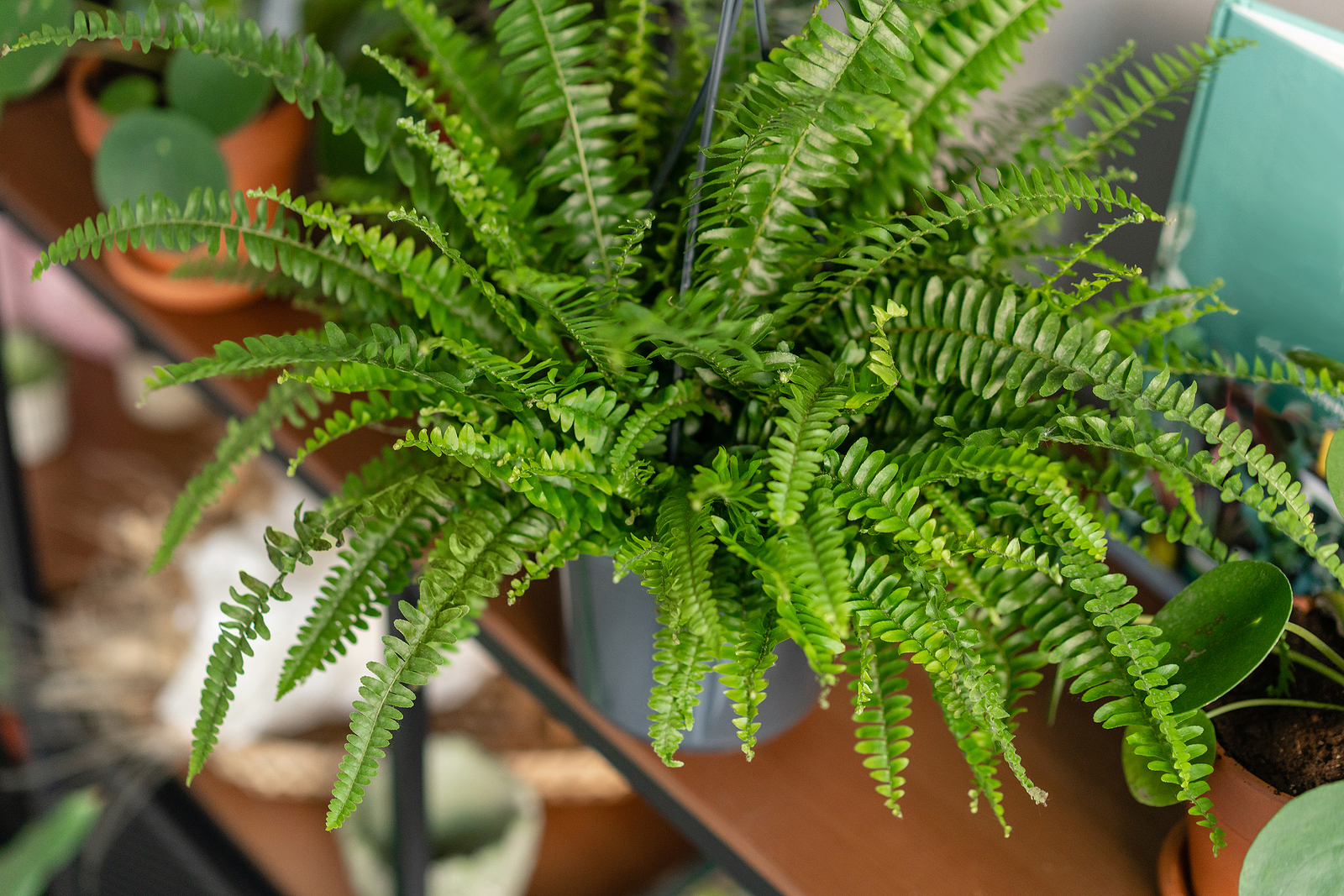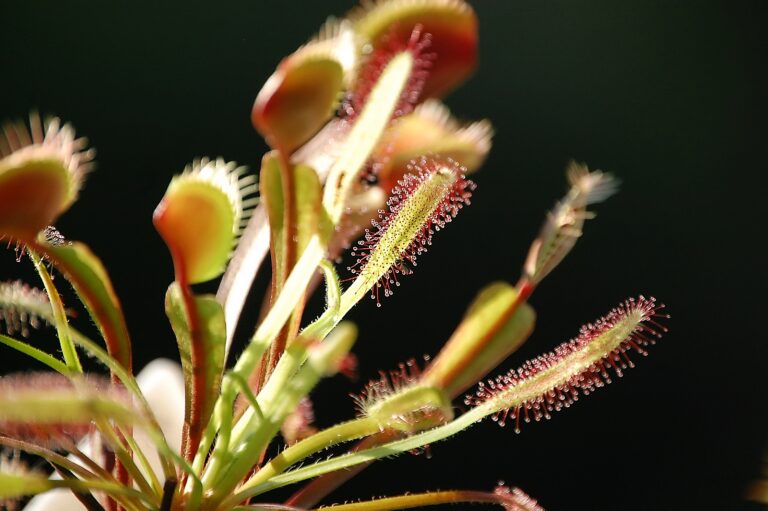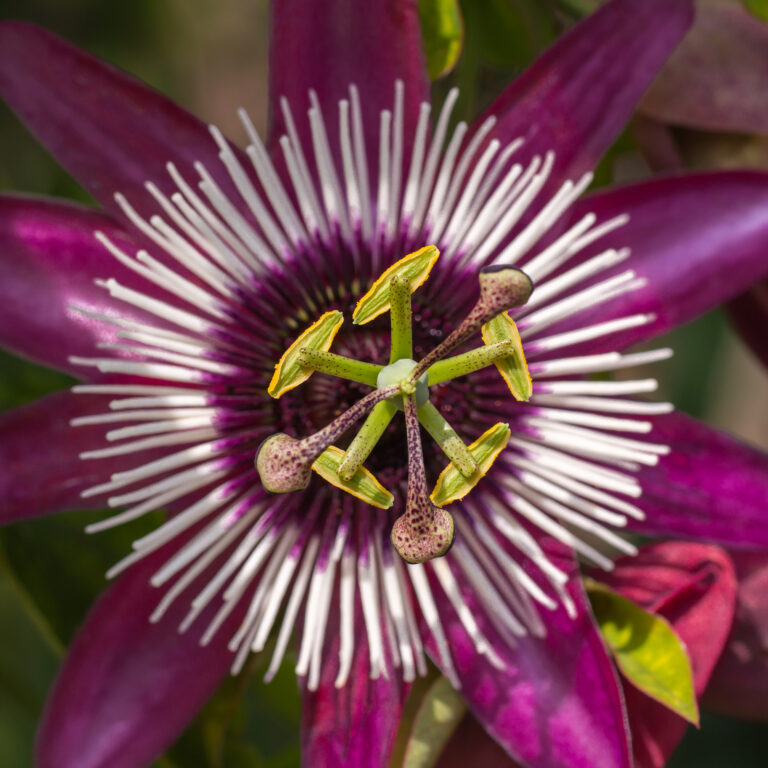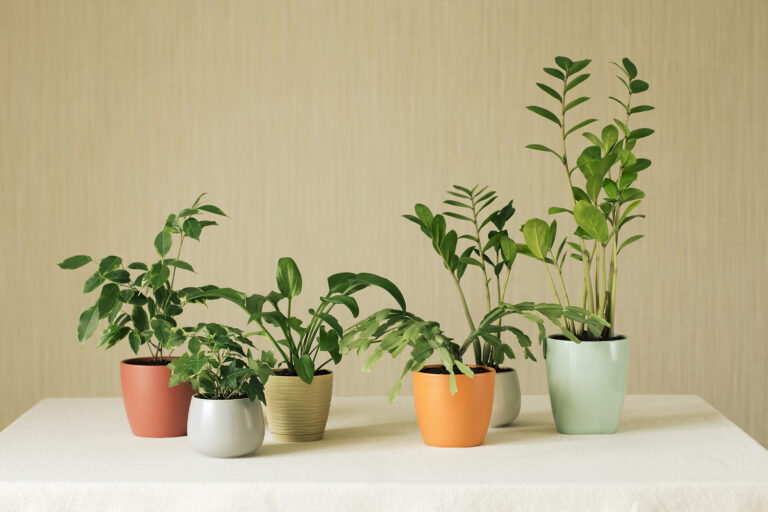How to Grow Sword Fern — Nephrolepis
Nephrolepis–commonly called sword fern–is an erect tropical fern with arching, compound green fronds. The feathery, triangular fronds can grow to 6 feet (2m) long and 4 inches wide. Nephrolepis is one of the most often grown indoor ferns; they adapt well to indoor conditions.
Nephrolepis fronds are composed of small leaflets with wavy edges. The fronds grow from slender, furry runners that sprout from rhizomes, or underground stems, and root along the surface of the soil. It is best to grow Nephrolis in a roomy planter rather than a pot; Nephrolepis can spread over large areas.
Nephrolepis are among the easiest to grow of all ferns. For house plants, provide well-drained fibrous soil, monthly applications of dilute liquid fertilizer, and strong indirect light.
Nephrolepis is a genus of about 30 species of evergreen tropical ferns native to rainforests in tropical and subtropical regions of the world. In temperate regions, the western sword fern, Polystichum munitum, is a better choice for growing outdoors.
Get to know Nephrolepis
- Plant type: Fern
- Growing zones and range: Zones 9- 13
- Hardiness: Tender
- Optimal growint temperature: day, 68° to 75°F (20° to 24°C); night, 50° to 60°F (10° to 16°C).
- Height and width: 24 to 36 inches (60-90cm) tall with arching, compound arching green fronds grow from 1 to 6 feet (2m) long.
- Foliage: Dense clusters of pinare fronds may be erect or pendent; the slender, arching fronds come in various sizes and shapes, and may carry spores on the leaf undersides. Furry runners emerge from rhizomes, and may root where they touch soil.
- Uses: Shade garden, houseplant
- Common name: Boston fern, sword fern.
- Botanical name: Nephrolepis
- Family name: Oleandraceae
- Origin: Open habitats in tropical regions worldwide
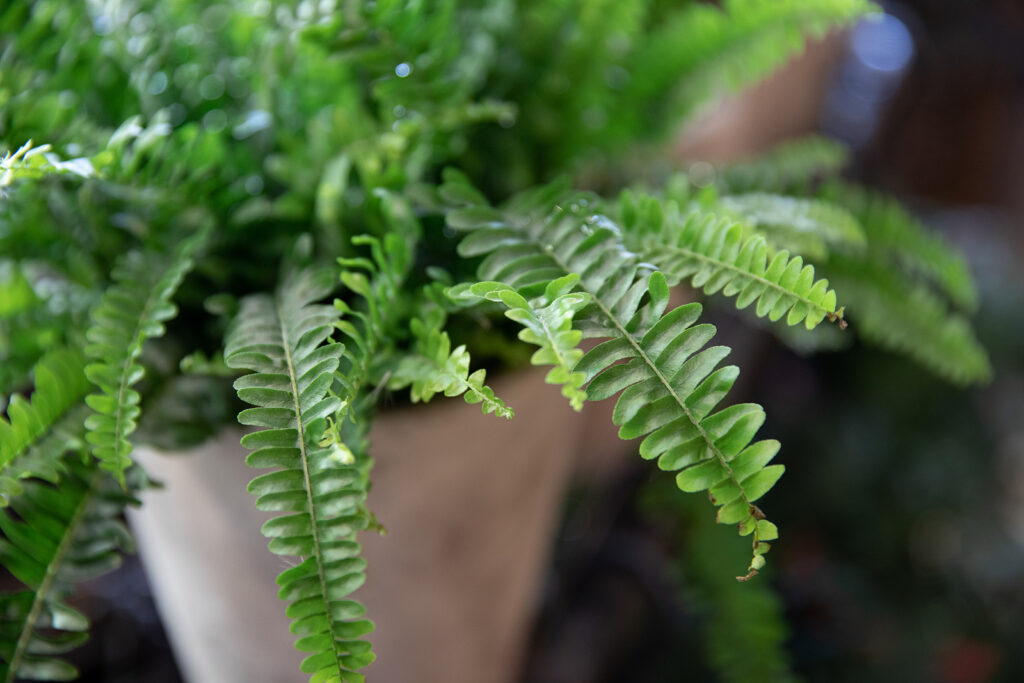
Where to plant Nephrolepis
- Light outdoors: Grow Nephrolepis outdoors in partial shade.
- Light indoors: Bright, filtered light from eastern exposure. Does well under artificial light, needing 14 to 16 light-hours daily.
- Soil outdoors:Grow in moderately fertile, but well-drained, humus-rich soil.
- Soil indoors: Fern mix, with good drainage.
When to plant Nephrolepis
- Set container-grown Nephrolepis outdoors in spring or autumn in tropical and subtropical regions.
Planting and spacing Nephrolepis
- Space Nephrolepis 2 to 5 feet (.6-1.5m) apart.
How to water and feed Nephrolepis
- Water: Keep the soil evenly moist; if the roots dry out, the fronds will turn brown and may die. Let the soil dry slightly between thorough watering.
- Mist twice daily indoors. Nephrolepis prefers humidity of 50% to 80%.
- Feeding: Fertilize Nephrolepis outdoors infrequently; once in spring and once in summer is adequate.Fertilize Nephrolepis growing indoors every third or fourth watering during growing season, with mild liquid fertilizer.
Nephrolepis care
- Grow Nephrolepis in a sheltered locaction. Avoid drafts.
- Do not allow water to collect on foliage.
- Water Nephrolepis sparingly in winter.
Growing Nephrolepis as a houseplant
- Give Nephrolepis limited to bright light, average room temperature, and high humidity.
- Grow Nephrolepis best in a north-facing window in a cool room (60° to 65°F/16° to 18°C).
- Keep the soil evenly moist; if the roots dry out, the fronds will turn brown and may di.
- Fertilize Nephrolepis infrequently; once in spring and once in summer is enough.
Nephrolepis pests and diseases
- Check Nephrolepis for aphids, gnats, mealybugs, scale, slugs, and snails.
Nephrolepis propagation
- Propagate Nephrolepis by division, spores (for N. cordifolia), or stolons.
- Propagate also by simple layering of the runners.
Nephrolepis varieties to grow
- Nephrolepis cordifolia, sword fern, southern sword fern. Grows erect to 36 inches (91 cm); forms tufts of bright green, narrow, upright fronds, growing 2 to 3 feet tall and 2 ½ inches wide’ fronds are split into closely spaced, finely toothed leaflets. bright green fronds appear in close spiral; many cultivars are available.
- N. exaltata, sword fern. Taller than N. cordifolia (to 5 ft.), with broader fronds (to 6 in. wide); feathery, triangular fronds to 6 feet long and 4 inches wide; fronds are composed of small leaflets with wavy edges. Cultivars include: ‘Bostoniensis’, Boston fern, has a compact form with bright green fronds that grow to 4 feet in lengt; ‘Compacta’ or ‘Dwarf Boston’ grows from 15 to 18 inches (38 to 46 cm); ‘Dallas’ has feathery leaflets on fronds that grow to 2 feet in length. ‘Fluffy Ruffles’ has stiff, dark green fronds that grow erect to 12 inches in height; ‘Whitmanii’, lance fern is graced with feathery, delicate fronds.
- N. obliterata. A selection of this species called ‘Kimberley Queen’ has fronds to about 3 ft. in length. Plant habit is stiffer and more erect than that of N. exaltata ‘Bostoniensis’, and the plant is more tolerant of low humidity and both low and high light conditions.

